Perspectives On Higher Education: Part Five
Canadian naturopathic doctors faced a bumpy road in trying to position their naturopathic college in the higher education landscape.
By the late 1970s, a group of chiropractors and an American-trained Ontario naturopathic physician initiated a pre-naturopathic curriculum informally affiliated with the science-stream kinesiology program at the University of Waterloo. To speed up the supply of qualified naturopathic doctors, these same founders also launched an abbreviated fast-track 850-hour postgraduate program alluded to above as “part-time intensive.” This course of study was composed of a series of weekend seminars lasting three years. Using the only incorporating vehicle available to them at the time (the Ontario Corporations Act), the founders of OCNM eventually designed and financed a brick and mortar school privately owned by a small group of NDs and chiropractors. The school’s mandate was to train naturopathic practitioners for the province of Ontario and Canada. The location of the school in civil society, though, as a privately held business, proved as confusing to other institutions as it did to the students whom the school initially attracted.
The curriculum of the preprofessional program was aimed directly at satisfying a postgraduate standard for entry to the ND program itself. The intensive postgraduate program was designed for health care professionals already qualified in a primary health care occupation such as dentistry or chiropractic. Some early drugless therapists also participated, hoping to upgrade quickly their qualifications and skills in natural therapies.
The overall goal of those who launched the new naturopathic school was to quickly increase the number of NDs in the province, and in Canada to avoid a looming threat of deregulation recommended in 1970 by the government of Ontario’s Report of the Committee on the Healing Arts. The urgency to stimulate numbers, though, was tempered from the beginning by the “dream of a full-time undergraduate program with links to a university” (ONA, February 3, 1979). A full-time four-year program was added in 1983, but it was stand-alone, and at that point not linked to any public sector program or university in the province.
The school’s initial and informal links to the University of Waterloo’s kinesiology program proved to be unsustainable. The original goal of affiliating with a university was in part driven by the impossibility of operating as an approved program of the Ministry of Colleges and Universities, and in part by understanding the “location” of the proposed naturopathic program as “post-graduate” in nature, or at the very least, “within a first professional degree category” (ONA, February 22, 1976).
At the very point when the first full-time naturopathic undergraduate program was established, the Ontario government passed the Degree Granting Act in 1983, the provisions of which made it necessary to have authorization from the Legislature in order to grant degrees or, at the very least, to be affiliated with a university that already did have those powers. It was the policy of the Ontario government, in fact, not to bring in legislation for any new, private degree-granting institutions, but instead to encourage aspirants to seek affiliation with a publicly supported university. CCNM’s founders and early leaders understood this preferred route to degree-granting ability and higher education respectability. However, from their organizational location as a private, career college, the affiliation route was fraught with barriers. These developments are entirely different from what was occurring in the United States during this same period. The American higher education sector is constructed differently and manifests differently.
Meanwhile, as a backdrop to these ambitious beginnings in Canada, there was the influence of the report called the Ontario government’s Report of the Committee on the Healing Arts (1970), which considered the naturopathic profession as marginal and likely disappearing. This attitude on the part of policymakers and Ministry of Health officials in Ontario persisted into the 1980s despite the presence at that time of over 140 drugless practitioners in the province who operated under the earlier mentioned 1925 Drugless Practitioners Act. Gort and Coburn (1988) have discussed how three major commissions, one federal and two provincial, were charged with charting the course for health professions in Ontario in this period. CCNM developed as an educational institution within this political and legislative context and, along with the naturopathic profession itself, was affected negatively in each case.
By the winter of 2001, that early vision of a bona fide, government-endorsed postgraduate higher education program resurfaced. Ontario’s Bill 132, passed into law in December 2000, was greeted by the naturopathic profession and its now thriving school with considerable enthusiasm. They were confident that the intentions and the provisions of Bill 132 would finally make it possible for the profession to have a naturopathic college with degree-granting status. Thus, the parallel goals of forming a profession with broad, societal acceptance and privileges, and accrediting a degree-granting educational platform for that profession, were seen to be converging at long last.
Just as National College of Naturopathic Medicine, Bastyr University, Southwest College of Naturopathic Medicine, and the Faculty of Naturopathic Medicine at Bridgeport University were relying on regional accreditation to establish their presence in higher education, so too the Canadian College of Naturopathic Medicine was committed to earning government recognition to take its place as an institution of higher learning. A related, parallel process was occurring for the profession itself in its attempts to be included under the more comprehensive and modern Regulated Health Professions Act (RHPA, 1991). After its enactment, the naturopathic profession had twice (1995, 2000) presented its proposals for inclusion under the act in the Province of Ontario without success. However, at the time of this writing, and significantly after CCNM had achieved CNME accreditation and had upgraded its instructional and research resources, the Ontario naturopathic profession is now on the cusp of regulation within the same act as other mainstream health care professionals in that province.
References
Baer HA: Biomedicine and Alternative Healing Systems in America: Issues of Class, Race, Ethnicity and Gender, Madison, 2001, University of Wisconsin Press.
Baer HA: Divergence and convergence in two systems of manual medicine: osteopathy and chiropractic in the United States, Med Anthropol Q 4:176-93, 1987.
CNA Newsletter, mimeograph, August 1931.
Geiger RL: Private higher education. In Altbach PG (ed): International Higher Education: An Encyclopedia, New York, 1991, Garland Publishing, Vol. 1, pp 233-46.
Gort EH, Coburn D: Naturopathy in Canada: changing relationships to medicine, chiropractic and the state, Soc Sci Med 26(10):1061-72, 1988.
Government of Ontario: Report of the Committee of the Healing Arts, Ontario Legislature, 1970, Toronto, Ontario.
Ontario Naturopathic Association (ONA): Meeting Minutes, February 3 and February 22, 1976.
Skaken R: Unpublished mimeograph. 1956.Canadian Naturopathic Association Executive Report on the State of the Profession. Distributed at the annual exhibition and general meeting of the Canadian Naturopathic Association, Calgary, Alberta, October 14-16.
 David Schleich, president of Truestar Health, is the former CEO and president of Canada’s accredited Canadian College of Naturopathic Medicine, where he served from 1996 to 2003. His previous posts have included appointments as vice president academic of Niagara College, and administrative and teaching positions at St. Lawrence College, Swinburne University (Australia), and the University of Alberta. His academic credentials have been earned from the University of Western Ontario (BA), the University of Alberta (MA), Queen’s University (BEd), and the University of Toronto (PhD).
David Schleich, president of Truestar Health, is the former CEO and president of Canada’s accredited Canadian College of Naturopathic Medicine, where he served from 1996 to 2003. His previous posts have included appointments as vice president academic of Niagara College, and administrative and teaching positions at St. Lawrence College, Swinburne University (Australia), and the University of Alberta. His academic credentials have been earned from the University of Western Ontario (BA), the University of Alberta (MA), Queen’s University (BEd), and the University of Toronto (PhD).









